



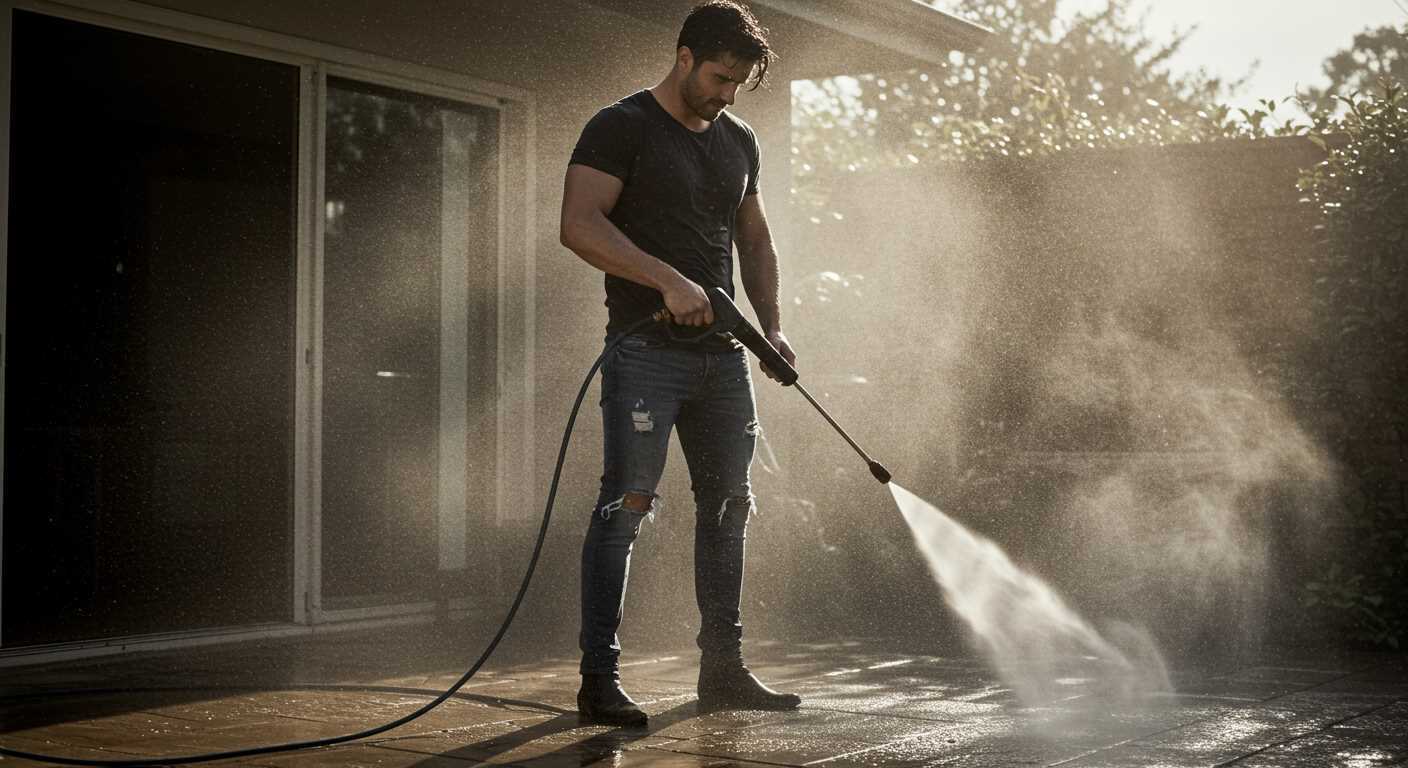
Absolutely, connecting a high-pressure cleaner to a reservoir can be a practical solution for various cleaning tasks. During my years in the cleaning equipment sector, I often encountered situations where access to a direct water line was limited. In such cases, utilising a reservoir became essential.
To ensure optimal performance, it’s crucial to consider the water flow rate. Many models require a minimum flow to operate effectively. For instance, a unit with a requirement of 5 litres per minute may struggle if the tank’s output is lower. I found that using a tank with a pump can significantly enhance the experience, providing a consistent and reliable flow.
Additionally, be mindful of the tank’s height. The gravitational pull can influence the water’s pressure, and a higher tank can create a better flow to the machine. If you’re using a gravity-fed system, placing the tank on a raised platform can make a notable difference. In my experience, these simple adjustments often lead to a more satisfying cleaning process and help avoid unnecessary frustration.
Lastly, always check the compatibility of your model with external water sources. Some units come with specific guidelines on using alternative supplies, and following these instructions can save you from potential damage. It’s been a pleasure sharing these insights, and I hope they guide you in your cleaning endeavours.
Understanding the Water Supply Requirements for Pressure Washers
For optimal operation, ensure a consistent flow rate of at least 4 to 5 litres per minute. This is the minimum needed for most models to maintain their cleaning efficiency. If the supply falls below this threshold, you may notice a significant drop in performance.
Consider the height of your container. A gravity-fed system works best when the source is elevated. If the reservoir is positioned too low, it can hinder water flow, leading to inadequate pressure generation. Aim for a height of at least 1 metre above the pump inlet to facilitate smooth operation.
Using a filter at the water intake point is advisable to prevent debris from entering the unit. A clogged filter can cause overheating and damage the internal components. Regularly check and clean this filter to maintain flow rate and protect your equipment.
Temperature is another factor. Cold water is standard for most models, but if you’re using heated water, ensure it does not exceed 60°C. Excessively hot liquid can deteriorate seals and hoses, potentially leading to leaks or complete failures.
Before connecting, inspect hoses for kinks or blockages. A clear pathway is essential for an uninterrupted flow. If you’re using a long hose to reach your reservoir, consider a larger diameter to minimise pressure loss over distance.
Lastly, always refer to the manufacturer’s specifications for your specific model. They provide detailed guidelines on water supply needs, ensuring your equipment runs smoothly and lasts longer. My experience has taught me that neglecting these details often leads to frustration and costly repairs. Taking the time to set up correctly pays off in the long run.
Choosing the Right Type of Water Container for Your Cleaning Equipment
Opt for a tank with a minimum capacity of 100 gallons. This size provides ample supply for extended tasks without frequent refills. I’ve often found that larger containers can be beneficial, especially for larger jobs or when working in remote locations.
Types of Containers
- Plastic Tanks: Lightweight and resistant to corrosion. Ideal for easy transport. However, ensure they are UV-stabilised to prevent degradation over time.
- Metal Tanks: Durable and long-lasting. They can withstand rough conditions but may require additional maintenance to prevent rust.
- Collapsible Tanks: Great for saving space when not in use. They are easy to set up and transport but may not be as sturdy as rigid tanks.
Placement and Connectivity
Position the container at an elevation to use gravity for better flow. This simple step can enhance performance significantly. Use a quality hose that can handle the required pressure without kinking or bursting. A wider diameter hose will facilitate better water movement, reducing strain on your equipment.
Consider adding a filter to prevent debris from entering the system. I’ve seen many units damaged due to neglecting this detail. Regular cleaning and maintenance of both the container and the hose will extend the lifespan of your cleaning gear.
Calculating the Water Flow Rate Needed for Optimal Performance
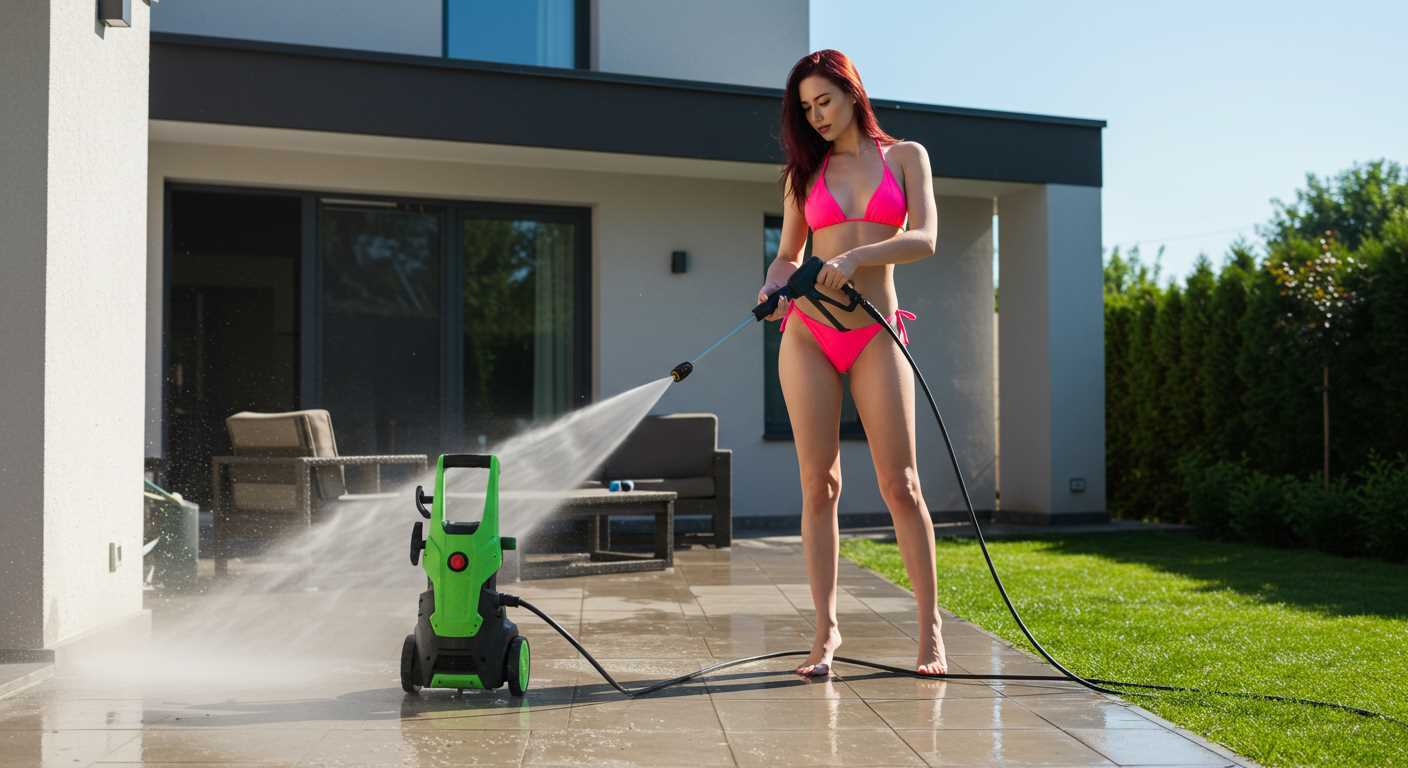
For optimal operation, a flow rate of at least 4-7 litres per minute is generally required. High-performance models may need up to 10 litres per minute. To determine the specific flow rate required, check the manufacturer’s specifications for your model. This information is crucial for ensuring that the cleaning equipment performs efficiently.
To calculate the flow rate, you can use a simple method. Fill a container with a known volume, such as a 10-litre bucket, and time how long it takes to fill it. Divide the volume by the time taken to get your flow rate in litres per minute. For instance, if it takes 30 seconds to fill a 10-litre bucket, the flow rate is 20 litres per minute.
Consider the delivery method from the reservoir. Gravity-fed systems provide a consistent flow, while pump systems can enhance pressure but may require more water. Ensure the delivery system matches the specifications of your cleaning device for optimum performance.
In scenarios where you might need to clean surfaces like shower doors, maintaining a steady flow becomes even more crucial. For tips on maintaining cleanliness in such areas, check out the how to clean the plastic strip on a shower door ultimate guide.
Monitoring the flow rate during use can prevent issues like clogging or inadequate pressure. Regular checks can help you adjust your setup as needed and maintain peak performance.
Setting up a pressure washer with a water tank: step-by-step guide
Begin by selecting a suitable location for your apparatus and reservoir. Ensure the area is level and free from debris. This will prevent any instability during operation and allow for optimal water flow.
Connect the inlet hose to the reservoir. Use a hose that fits snugly and securely to avoid leaks. I often recommend using a quick-connect fitting for ease of attachment and detachment. If your tank has a built-in filter, make sure it is clean to prevent clogging.
Next, position your cleaning unit close to the tank. This reduces the length of the hose, minimising any potential drop in pressure. I typically use a hose no longer than 10 metres to maintain performance.
Once everything is in place, it’s time to fill the container. Use a hose or a pump to ensure it reaches the desired level. Regularly check the water level, especially if working on extensive projects, as running low can lead to performance issues.
After filling, prime the system. Turn on the unit and let it run for a minute or two. This allows the pump to draw water and removes any air trapped in the lines. You’ll know it’s ready when a steady stream of water flows from the nozzle without interruption.
Adjust the pressure settings according to the task at hand. For lighter jobs, such as washing vehicles, a lower setting is ideal. For tough stains on concrete or patios, increase the pressure gradually. Always test on a small area first.
Lastly, after completing your cleaning tasks, remember to disconnect the hoses and store everything properly. This not only prolongs the lifespan of your equipment but also ensures safety for future use.
Troubleshooting common issues when using a water tank
When connecting a high-pressure cleaning device to a reservoir, a few problems can arise. If you notice insufficient flow, check the inlet hose for kinks or blockages. A clean filter is crucial; debris can significantly reduce performance. Regularly inspect and clean the filter to prevent this issue.
Pressure fluctuations
Inconsistent output can stem from air trapped in the suction line. Bleeding the system by running the device without a nozzle for a few moments can help. Ensure the hose is fully submerged in the liquid storage to maintain a steady supply and reduce the risk of air intake.
Clogging issues
Be mindful of sediment that can accumulate in the storage unit. If you notice frequent clogs, consider installing a sediment filter before the intake. This can save you time on maintenance and improve overall performance. Always use clean, clear liquid to minimise the risk of clogging components.
Comparing pressure washer performance: tank vs. direct hose connection
Using a reservoir compared to a direct connection to a tap can significantly influence operational efficiency and cleaning capabilities. Here’s what I’ve learned from my years in the field.
Flow Rate Differences
The flow rate of your source plays a pivotal role. Here’s how they generally stack up:
- Direct Hose Connection: Typically delivers a consistent flow, often around 8 to 10 litres per minute, depending on your plumbing system.
- Reservoir Setup: Flow rate can vary based on the size and design of the container. Smaller tanks may struggle to maintain the same pressure, particularly during extended use.
Pressure Maintenance
When it comes to maintaining optimal performance:
- Direct Connection: Provides a steady, reliable source that allows for uninterrupted cleaning, essential for larger jobs.
- Using a Tank: Can lead to a drop in pressure as the water level decreases, which might necessitate frequent refills for larger tasks.
In my experience, while both systems have their merits, a direct connection often outperforms a tank setup in terms of sustained pressure and flow. If you’re tackling a significant project, I’d recommend sticking with a direct water source whenever possible. For smaller or remote jobs, a well-designed reservoir can still get the job done, provided you monitor the water level and flow rate closely.
Maintenance Tips for Pressure Cleaners Using a Water Reservoir
Regular checks on the inlet filter are crucial. A clogged filter can restrict flow, leading to performance issues. Clean it every few uses or more often in dusty environments.
Inspect hoses and connections for leaks or wear. A small crack can significantly reduce efficiency. Replace damaged parts immediately to avoid further issues.
Ensure the pump is well-lubricated. Follow the manufacturer’s recommendations for oil changes to keep the motor running smoothly. An under-lubricated pump can lead to overheating and premature failure.
Monitor the tank for sediment build-up. Periodically flush the reservoir to remove any debris that can clog lines and impact flow rates. A clean tank ensures optimal performance.
Store your equipment properly. If you’re not using it for extended periods, drain the pump and lines to prevent damage from freezing or corrosion. Keep the unit covered to protect against dust and moisture.
Always use quality detergent suitable for your system. Poor-quality cleaning solutions can damage components and may not provide effective results. Products designed for heavy use, such as those suitable for pressure cleaners for farm equipment, are often more reliable.
| Maintenance Task | Frequency |
|---|---|
| Clean inlet filter | Every 5 uses |
| Inspect hoses and connections | Every use |
| Lubricate pump | Every 10 hours of use |
| Flush tank | Monthly |
| Store properly | After each use |
By following these guidelines, you can extend the lifespan of your equipment and maintain high performance levels. Regular maintenance not only enhances functionality but also saves money on repairs in the long run.

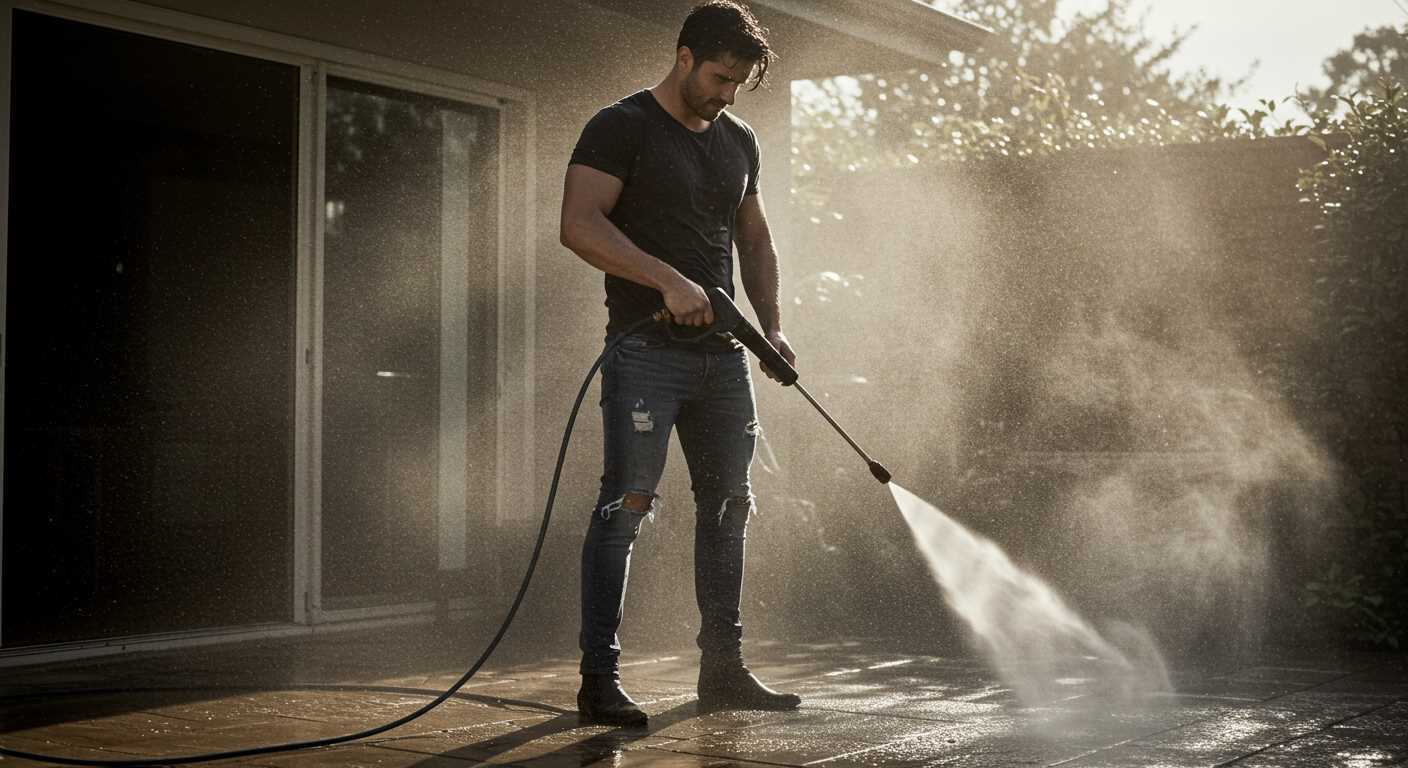
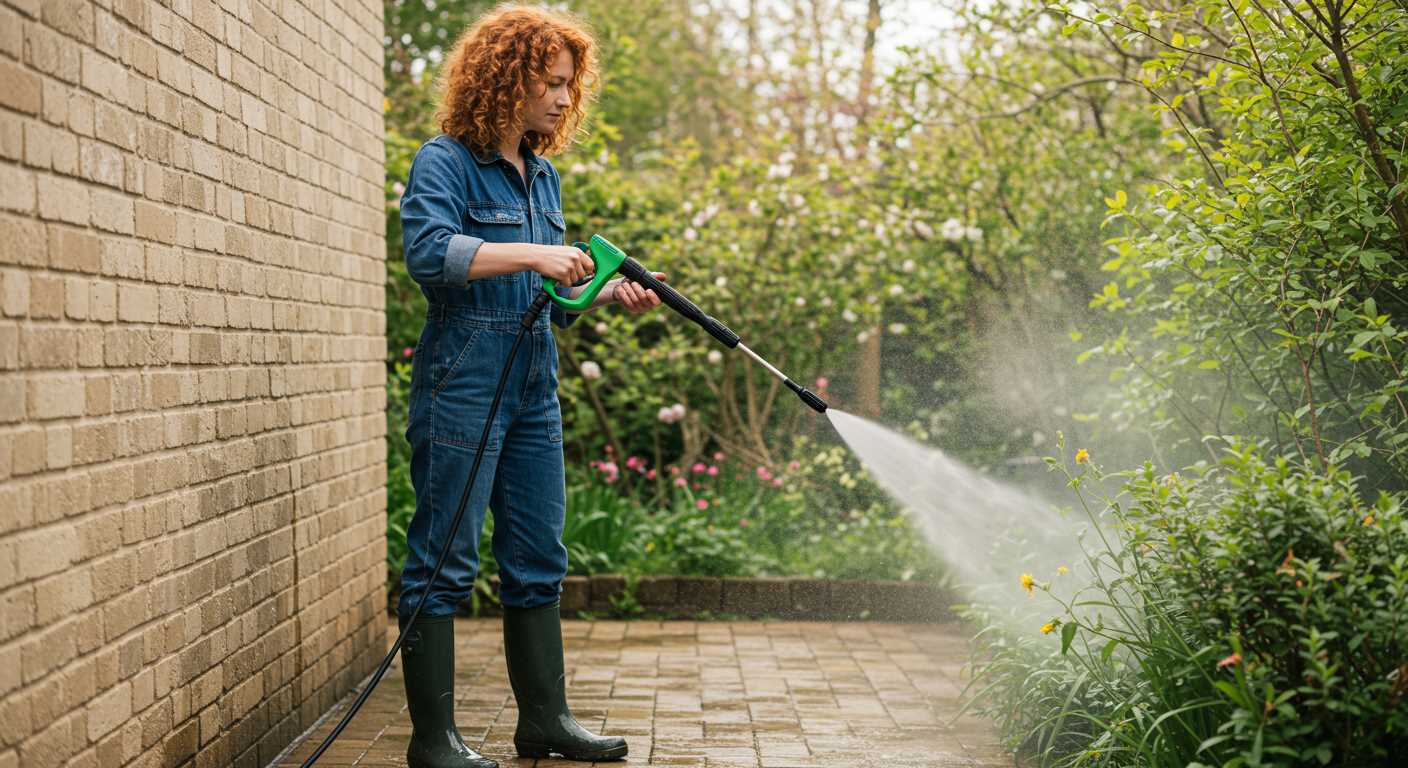
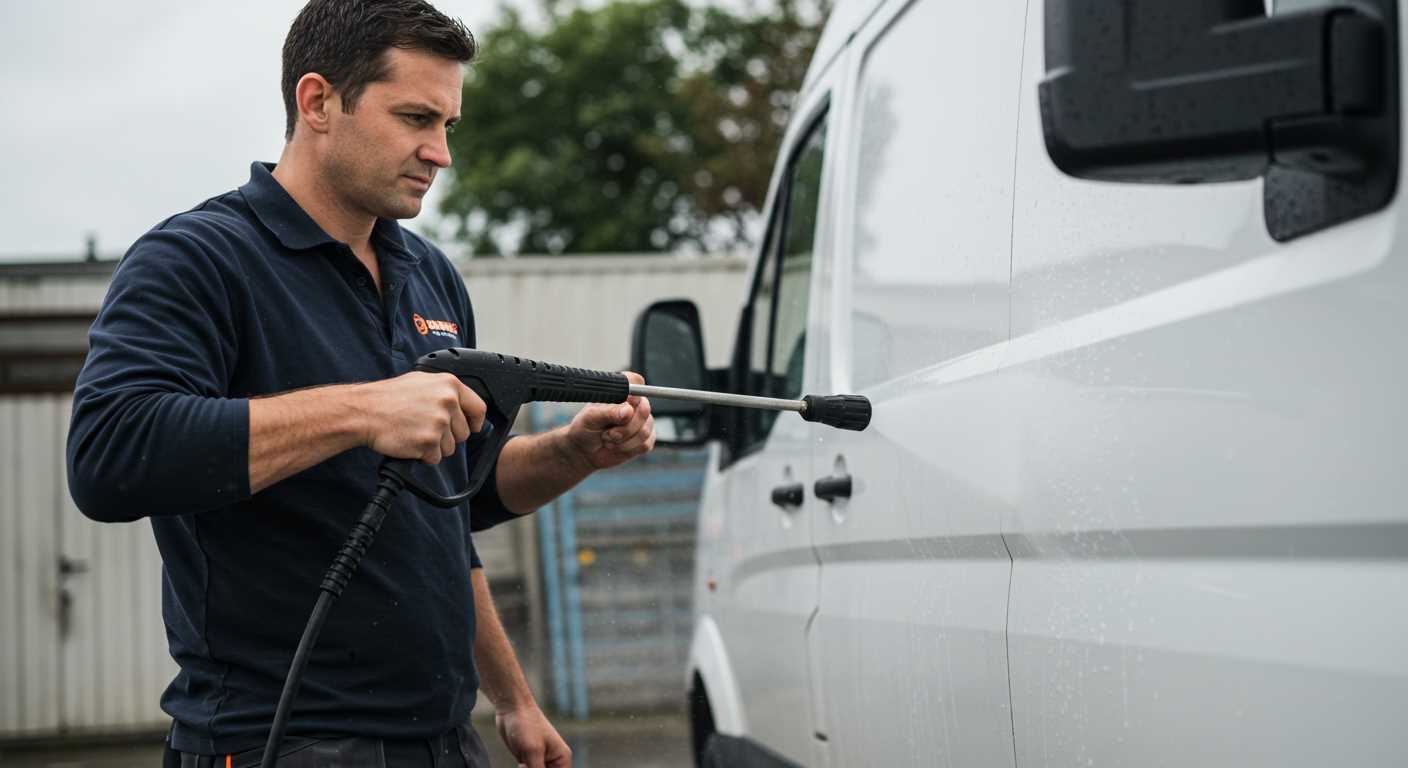
.jpg)


